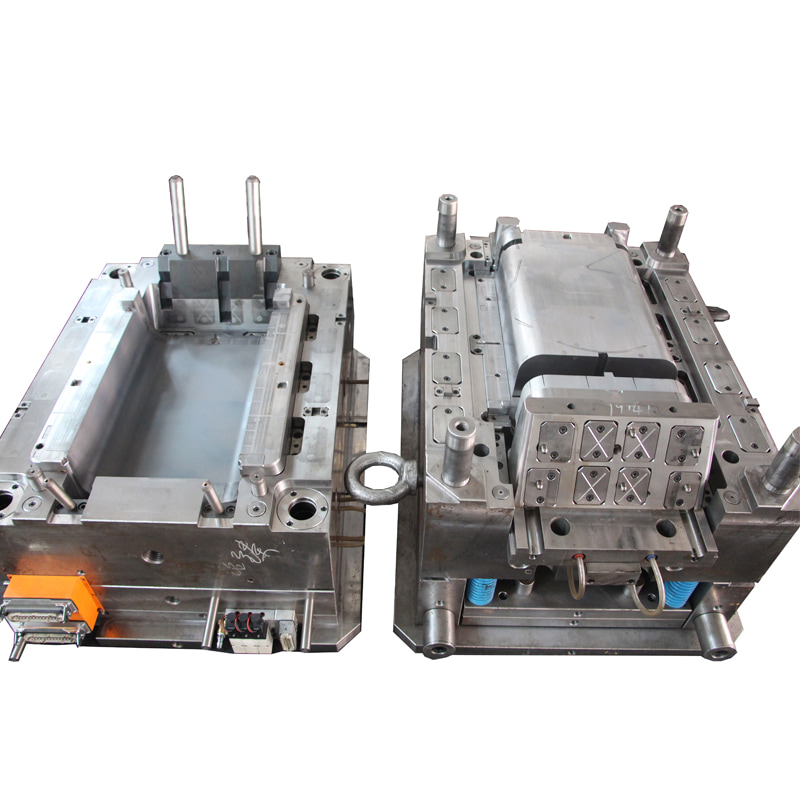Summary:
Mold is a fungus that grows on wet surfaces. It causes allergy symptoms, asthmatic reactions, and can even lead to respiratory problems. Aside from the health risks of mold, it is also a contaminant that can cause structural damage to your home. As......
Mold is a fungus that grows on wet surfaces. It causes allergy symptoms, asthmatic reactions, and can even lead to respiratory problems. Aside from the health risks of mold, it is also a contaminant that can cause structural damage to your home. As a result, it is important to have an air purifier in your home.
The best type of air purifier for mold is one that has a true HEPA filter. These filters capture microscopic particles, which are responsible for the mold's growth. This ensures that the spores stay trapped inside the unit's filter and are not released back into the atmosphere.
Some of the best air purifiers for mold use UV light to help kill mold spores. In addition to reducing mold spores in the air, the UV light prevents mold from spreading. If you're not sure if your home is infected with mold, you can start by checking the surface of the carpet or the walls for wet spots.
To help you identify the type of mold that is growing, you can look for its velvet-like texture, long flask-shaped spores, and multiple colors. When you notice any of these characteristics, you're likely dealing with the fungus called Alternaria. You should also be aware of other types of mold, including Fusarium, which can be toxic.
While most of the toxins produced by the fungus aren't harmful to humans, they can be a serious threat to your nervous system and internal bleeding. If you find out that you have these kinds of mold in your home, it's important to get them removed as soon as possible.
Mold spores are microscopic and can attach themselves to a variety of things, including clothing and pets. If you have any of these objects in your home, you should try to clean them, using bleach solution or hydrogen peroxide. But if you find that the area is too damp to remove, you may need to turn to an air purifier to clear the air.
One of the biggest problems with an air purifier is the fact that it doesn't always remove the active mold growth. In addition, if the surface of your carpet or the walls is too thick, the mold may continue to grow. Therefore, it's very important to choose a model with a high gloss finish and no eccentricity.
When you're shopping for an air purifier, make sure to keep your home's humidity levels at an acceptable level. You'll also want to consider placing the air purifier in the room where mold is most likely to grow. However, you should avoid placing it too close to your furniture and electrical units.
An air purifier is a great tool for keeping your home's indoor air clean. But it's not necessarily the best way to deal with mold. There are other options you can take, such as cleaning your house and getting a professional to take care of it. For example, a company that specializes in removing mold can do the work for you.
Custom Precision Molding Household Parts Accessories Mold Air PurifierAir Purifier Injection Mould, also known as Plastic Air Filter Injection Mould, is a plastic material that is injected into a room. A strong vacuum pulls out the plastic parts mould from the injection vat, which is later on cooled and hardened to create the final product. Air purifiers can either be manual operated or electronic. The electronic models usually come with a control panel and an alarm, which sounds when the quality air in the room is not safe for breathing. The manual operated ones need assistance from a technician while the latter use a manual button and a thermostat for activating the machine.Injection moulding is the process of manufacturing air plastic through the use of plastic injection moulds. Air is first forced into the moulds and later on solidified to form the final product. Air Purifier Injection Mould is more environment friendly compared to other manufacturing methods. There are only a few chemicals released into the environment during the entire process of injection moulding, compared to other industrial processes, where large amount of chemicals are used.
